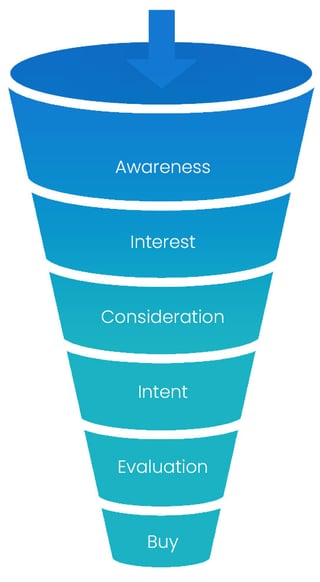We spend a lot of time thinking about the sales funnel here at Avensia. It’s one of the foundations of any retail strategy, and should be considered before, during, and after any key decisions you make that might affect your business.
But you already know this.
What you may not know is that the sales funnel looks different when applied to B2B retail vs. B2C . It’s a very important distinction to make when you’re considering your target audience for everything from marketing to site design and even personnel decisions.
Don’t worry, though. This article is all about demystifying the B2B funnel. By the end, you’ll understand how it fits into your strategy and your business’s goals.
But first, let’s examine why the B2B funnel is different.
Why Selling to a Business is Different
When you’re selling directly to a consumer, you’re dealing with a person who wants to buy something. Maybe it’s to fulfill a purpose within their household. Maybe it’s a gadget or something that they’re buying for entertainment. Maybe it’s a service that they want or need. Maybe they just really enjoy buying things and have some extra cash to spend.
Selling to a business is kind of like selling to a part of a consumer. The individual you’re dealing with represents a greater whole. That is, they’re speaking on behalf of others within the business, rather than making a purchasing decision based on their own wants or needs. That right there is the key difference when it comes to understanding the B2B funnel. You’re essentially selling to multiple decision makers rather than a key individual.
Another major difference is the motivation. Unlike consumers, businesses aren’t interested in buying things for entertainment or because they just enjoy buying things. Every purchase a business makes is a calculated decision that will somehow work to boost their bottom line. Even if a company buys a foosball table for their employees, it’s a decision meant to help the employees feel better and therefore continue to be productive. There’s simply no such thing as a frivolous B2B sale.



 1. Awareness
1. Awareness







